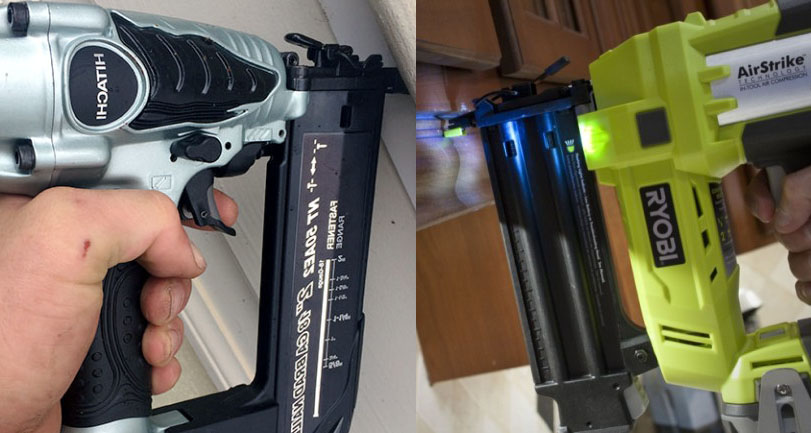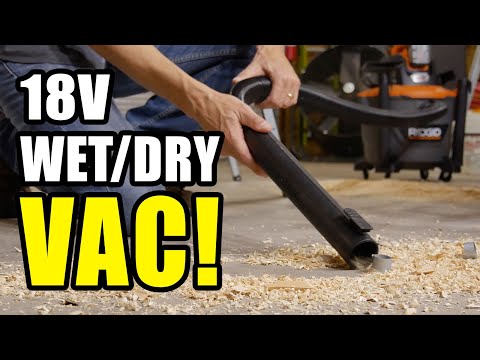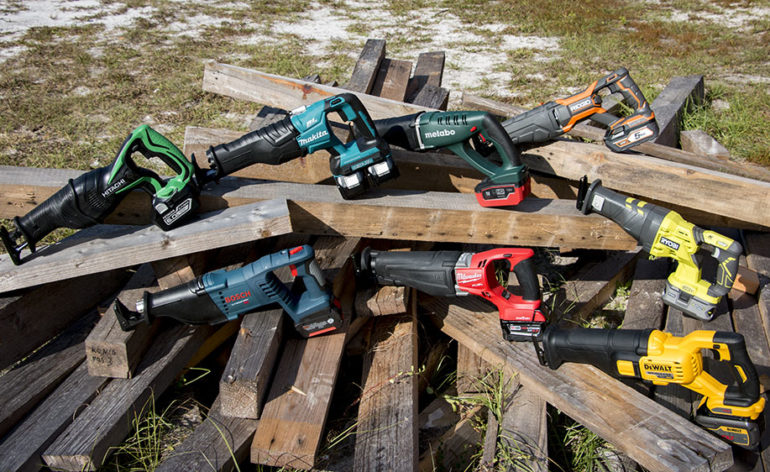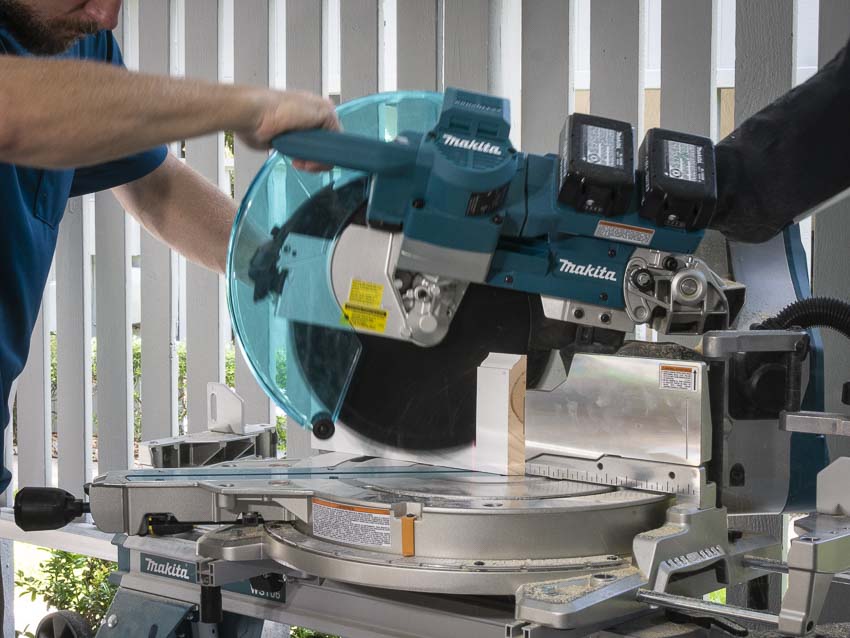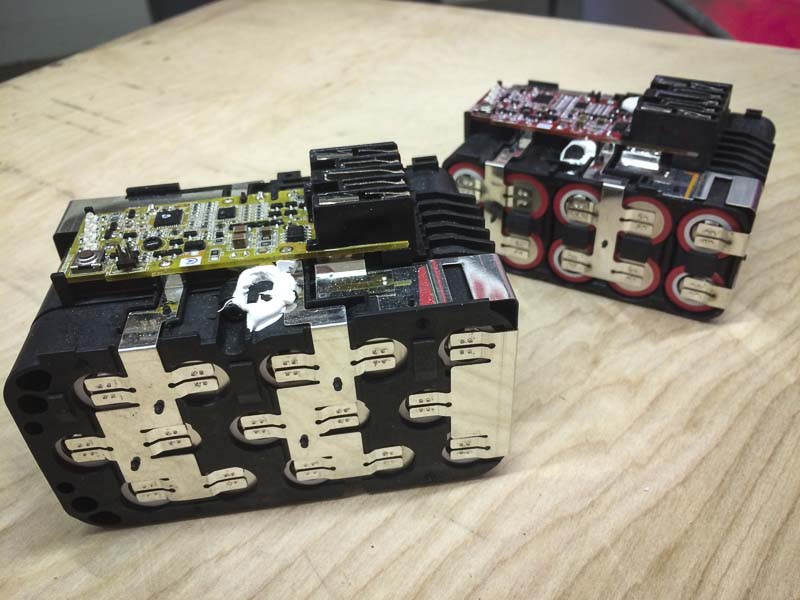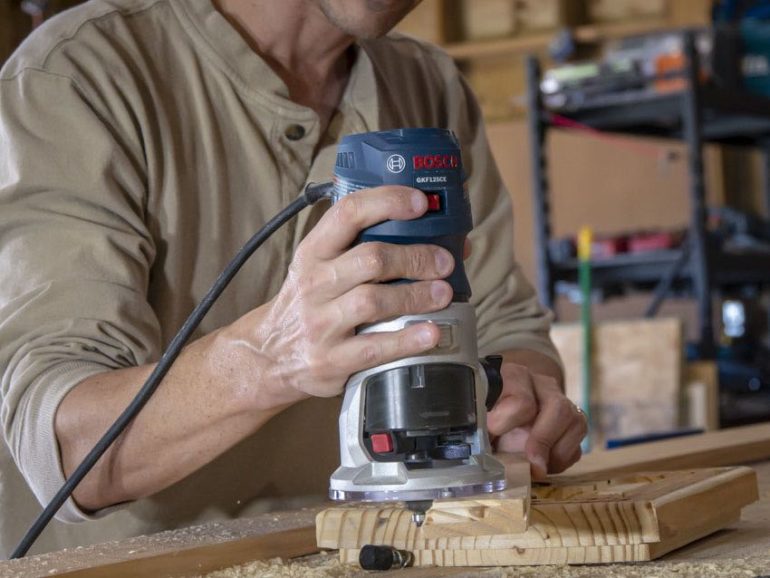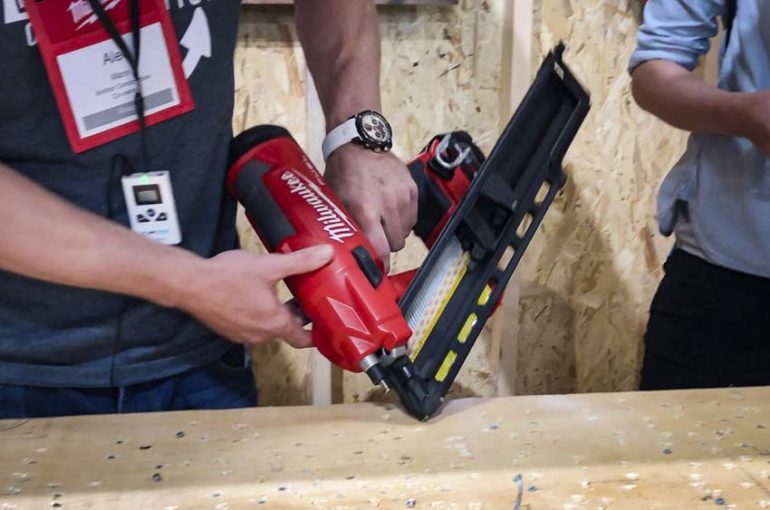Cordless nailers are twice as heavy, twice as expensive, and twice as slow as pneumatics. They can also save you 30 minutes per day.
You’ve seen them showing up in stores and in our reviews now for more than a year – cordless finish nailers. There has been a lot of hype, but we have all fallen prey to spending our hard earned money on something that sounds too good to be true and we definitely do not want to get burned when it comes to tools so critical to our business.
So if you are wondering what the deal is with pneumatic vs cordless nailers, here’s a detailed look at what to expect.
Pneumatic Vs Cordless Nailers: Cost
Cordless nailers come with a bit of a sticker shock compared to their pneumatic cousins. A cordless nailer like Porter-Cable’s 20V Max 18 Gauge Brad Nailer comes in with a bare tool price of $149 compared to $70 for a similar pneumatic.
Neither tool can run by itself. The cordless model will run $199 with a 1.5 amp hour battery. Toss in a good compressor, like one from Rolair along with hoses and fittings and your cost of entry is well over double that of the cordless nailer.
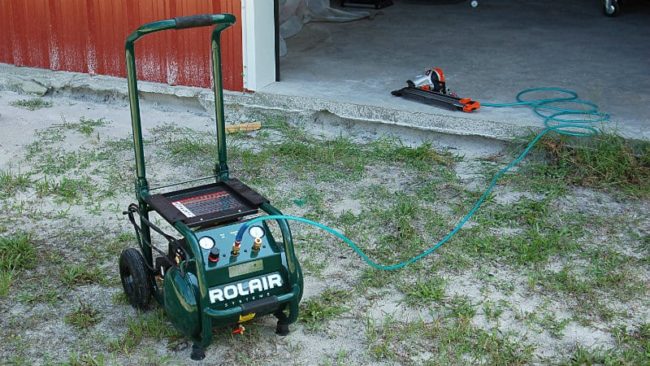
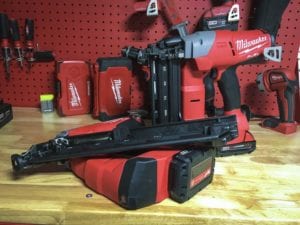
The other cost consideration is that most Pros do not live on one nailer alone. Adding a narrow crown stapler and larger finish nailer, like a 16 gauge, are par for the course.
Looking at Ridgid’s HyperDrive nailers, the 16-gauge will run you another $249 without a battery and charger.
Go with Milwaukee’s line-up and you will pay $329 – $349 for the bare tools and $349 – $399 for kits.
Realistically, you are going to want at least one of them to come with a battery if you do not have other batteries from the same platform already in your arsenal.
On the other hand, you can pick up the pneumatics for around half the price or less.
Pneumatic Vs Cordless Nailers: Ergonomics
In this debate, the ergonomics are much less about the design of the handle and rubber overmold.
The first consideration is weight, which is easily in favor of the pneumatic models.
Even when you consider the weight of the hose that is hanging down, there is a big difference between a finish nailer weighing around two pounds and a battery-powered model that can push the 7-pound mark.
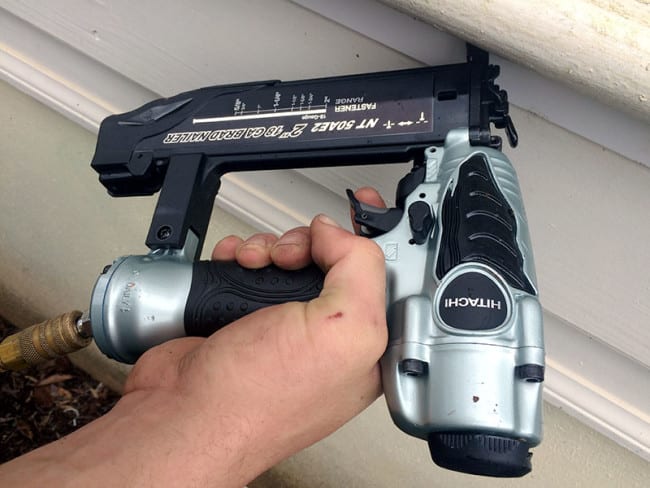
It doesn’t end with weight though.
With a cordless nailer, you are not dragging around a hose at all.
You are not tripping over it, it’s not throwing the nailer off balance while you work at various heights and angles, and you are not tethered to a specified length.
There is also no compressor noise in the background. If you are working in an area where people are home or working, this is a major bonus.
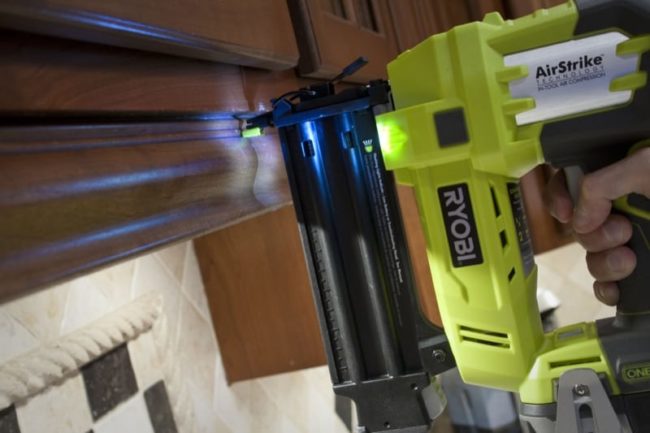
Pneumatic vs. Cordless Nailers: Performance
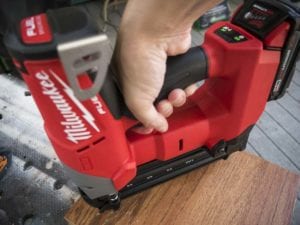
Testing several nailers, I enjoyed flawless performance. While neither will be jam-free forever, proper maintenance will keep both types firing effectively.
Where you will notice a difference is the firing cycle.
Pneumatics fire as soon as the trigger is pulled like you would expect.
Cordless models, like the ones found in Ryobi’s line, take a moment to spin up before firing.
Milwaukee and Hitachi have both solved this puzzle, however there have been heat build-up issues documented. The heat build-up problems only seem to happen, though, at a firing rate which no trim carpenter could ever maintain and still deliver professional results.
Pneumatic Vs Cordless Nailers: Run Time
Considering the run time of both types of nailer almost seems unfair – the pneumatic nailer will run until your power goes out or you suffer the consequences of using too small a compressor and have to wait for it to recharge.
The lowest run time cordless nailers will still get you more than 400 shots on one charge with a compact battery. Some nailers are capable of firing more than 1600 shots on a single charge.
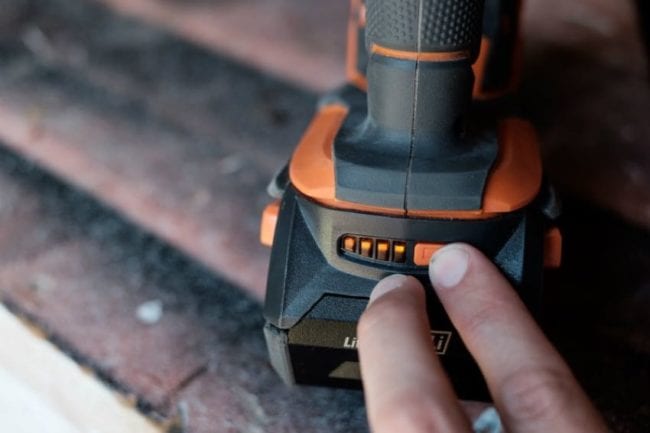
Things get interesting when the nailer stops.
For the cordless model, you swap batteries and put the used one on a charger. Even using compact batteries, it’s unlikely you will outwork two batteries being cycled.
When the pneumatic stops, you’ve typically got to figure out if it’s an issue with the power, compressor, or hose. That is time consuming and potentially expensive. It’s also much less common compared to the frequency you will need to charge batteries.
Pneumatic Vs Cordless Nailers: Maintenance
The pneumatic nailer is a simpler design than the cordless nailer. However, there are more pieces tied together in the pneumatic.
You have to ensure that your hose is not leaking, the couplers are solid, the compressor is running properly, a power source is available, and you have to remember to oil your nailer every day along with keeping track of some compressors’ oil levels.
Those considerations are null and void with the cordless nailers currently on the market as long as you have a couple of batteries to work with.
While maintenance is generally easy with pneumatics, there are more pieces in the chain that have the potential to fail if not properly maintained and require at least occasional inspection.
Pneumatic Vs Cordless Nailers: Set-up and Take Down
Just for fun, I decided to time how long it takes to get my gear from the truck until I fire the first shot.
It takes two trips with the pneumatic combo—one for the compressor and a second for the nailer, and hose. Of course there are materials and such, but that happens with the cordless nailers as well.
By the time I got the gear, found a plug, connected the hose and nailer, and got the compressor up to operating pressure, I was more than six minutes.
My cordless nailer? 30 seconds.
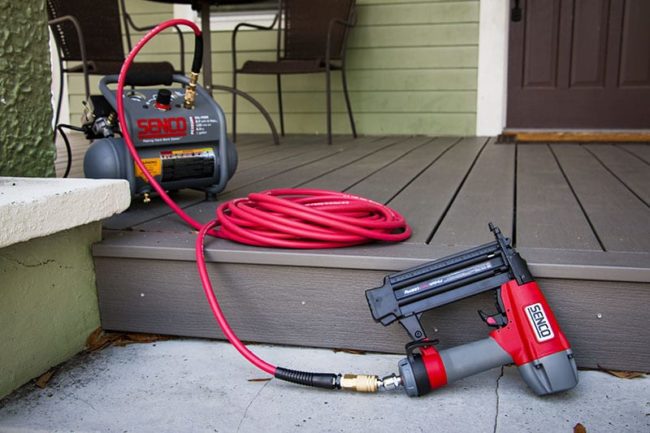
When you add hiking to the back of a house or climbing stairs, the time begins to pile up.
As you move through your work day, you will find that you also have to move your compressor and gear. At the end of the day, it’s going to take the same two trips to get your pneumatic gear back to the truck–you’ll just be more tired.
With a couple of room changes, going with a cordless nailer system can easily save you 30 minutes or more.
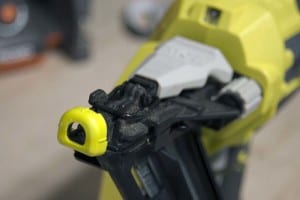
The Bottom Line
So should you go cordless or stick to the traditional pneumatic way of doing things?
If you can afford it, do both.
If you’ve got a large room or entire house to trim out, it can absolutely be worth it from a cost and ergonomic standpoint to bring in the pneumatic solution.
Punch list work and small jobs will be even faster with cordless models. And the value of the time saved, as a percentage of the whole job, will dramatically boost the bottom line.
Both have their place and I am not ready to say that either one can displace the other completely. Yet.
—This article, written by Kenny Koehler, first appeared on ProToolReviews.com—a site that has many boatloads of tool reviews. All tools, all the time, #worthit.
